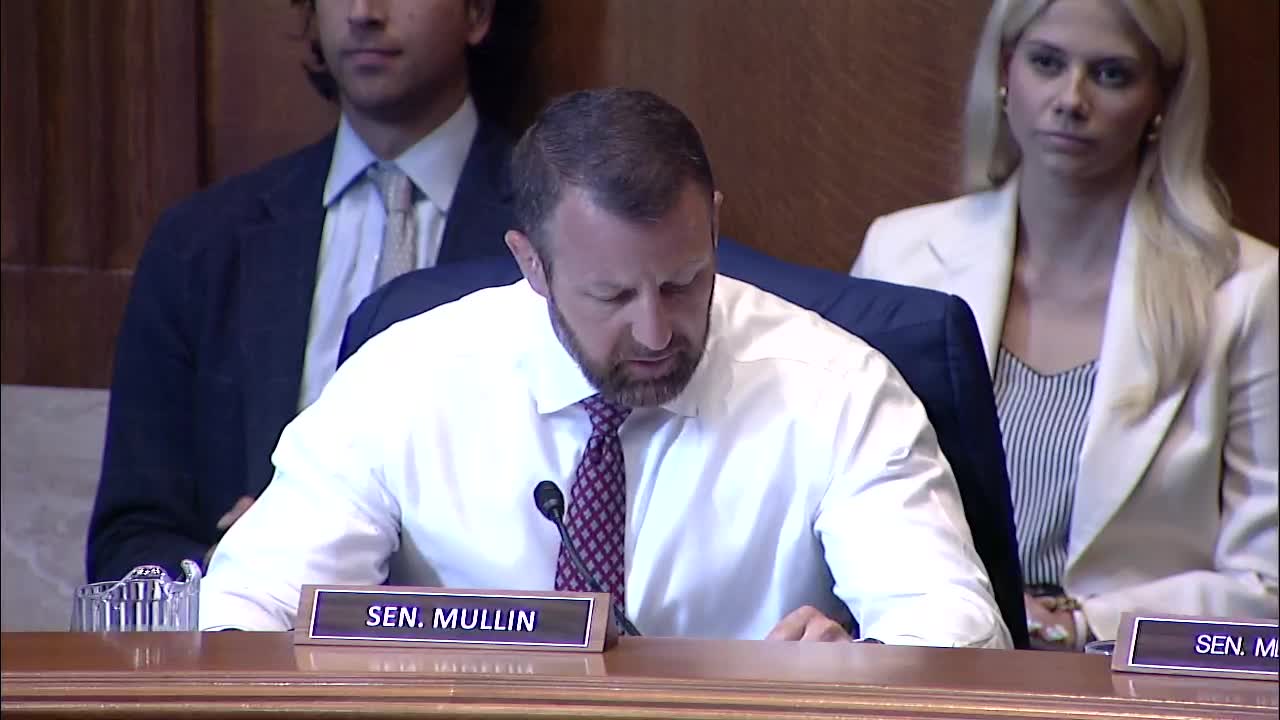Hearing reveals urgent need to reform chemical safety standards
July 31, 2024 | Environment and Public Works: Senate Committee, Standing Committees - House & Senate, Congressional Hearings Compilation

This article was created by AI summarizing key points discussed. AI makes mistakes, so for full details and context, please refer to the video of the full meeting. Please report any errors so we can fix them. Report an error »

In a recent government hearing, discussions centered on the urgent need for a non-toxic replacement for six PPD, a chemical linked to the decline of coho salmon populations in Washington state. The hearing highlighted significant concerns regarding the Environmental Protection Agency's (EPA) chemical review processes, which many believe are failing to adequately protect public health and the environment.
Katrina Lassiter, who manages the hazardous waste and toxics reduction program at Washington State's Department of Ecology, emphasized the importance of addressing these failures. She noted that the search for the toxic culprit behind the salmon die-off took over three years and involved testing more than 2,000 chemicals, ultimately identifying six PPD quinone as the harmful agent. This chemical, derived from six PPD, has been shown to be lethal to coho salmon within hours of exposure.
The discussions underscored a call for a collaborative approach to reforming the EPA's new chemical review program, suggesting that it should not be a partisan issue but rather a collective effort to ensure safer alternatives are brought to market. The timeline for developing and implementing a sustainable chemical replacement remains uncertain, raising questions about the effectiveness of current regulatory frameworks.
As the hearing progressed, participants expressed a shared commitment to improving chemical safety standards, with the hope that such reforms would benefit both the environment and public health. The urgency of the situation was palpable, as stakeholders recognized the critical need for immediate action to protect vulnerable ecosystems and species.
Katrina Lassiter, who manages the hazardous waste and toxics reduction program at Washington State's Department of Ecology, emphasized the importance of addressing these failures. She noted that the search for the toxic culprit behind the salmon die-off took over three years and involved testing more than 2,000 chemicals, ultimately identifying six PPD quinone as the harmful agent. This chemical, derived from six PPD, has been shown to be lethal to coho salmon within hours of exposure.
The discussions underscored a call for a collaborative approach to reforming the EPA's new chemical review program, suggesting that it should not be a partisan issue but rather a collective effort to ensure safer alternatives are brought to market. The timeline for developing and implementing a sustainable chemical replacement remains uncertain, raising questions about the effectiveness of current regulatory frameworks.
As the hearing progressed, participants expressed a shared commitment to improving chemical safety standards, with the hope that such reforms would benefit both the environment and public health. The urgency of the situation was palpable, as stakeholders recognized the critical need for immediate action to protect vulnerable ecosystems and species.
View full meeting
This article is based on a recent meeting—watch the full video and explore the complete transcript for deeper insights into the discussion.
View full meeting